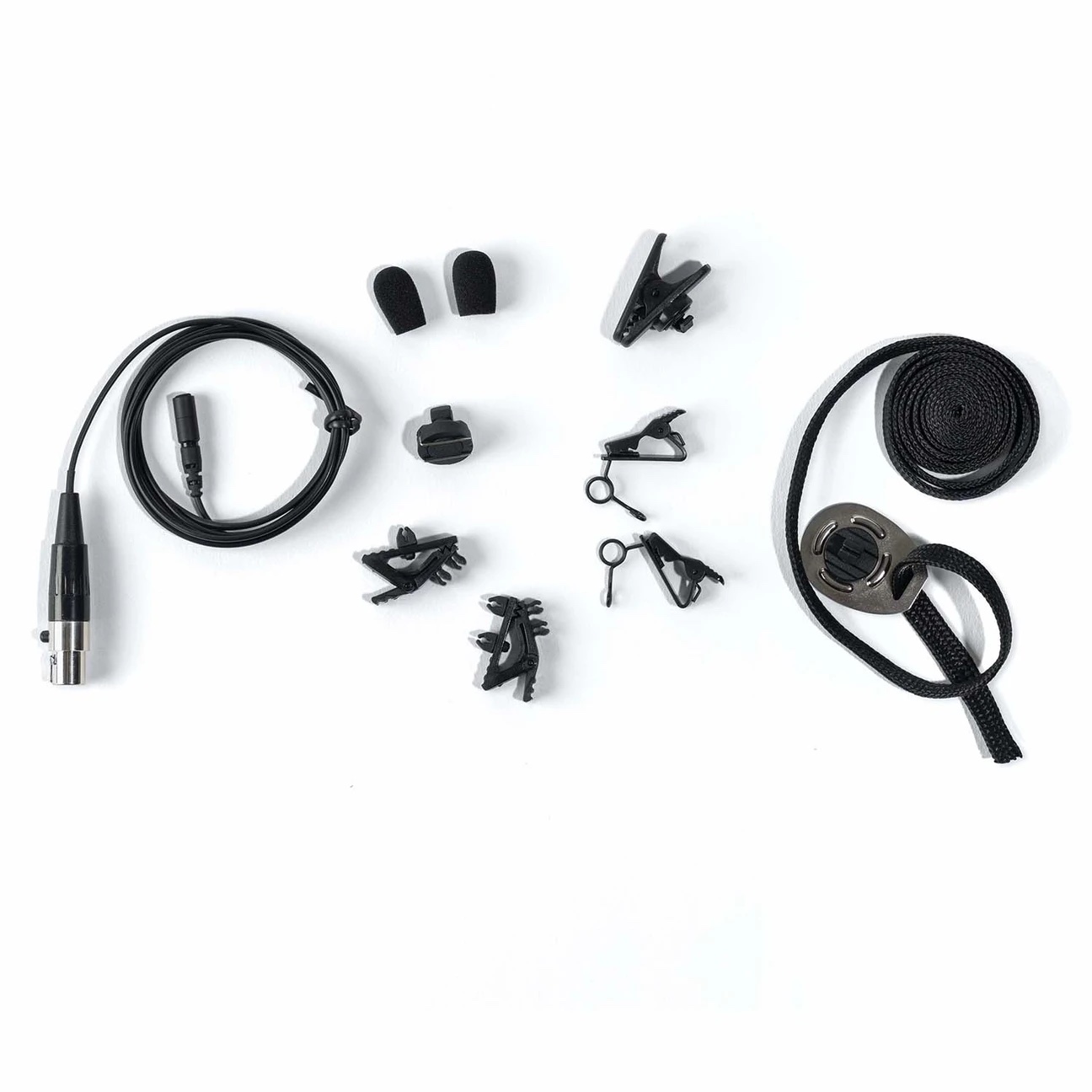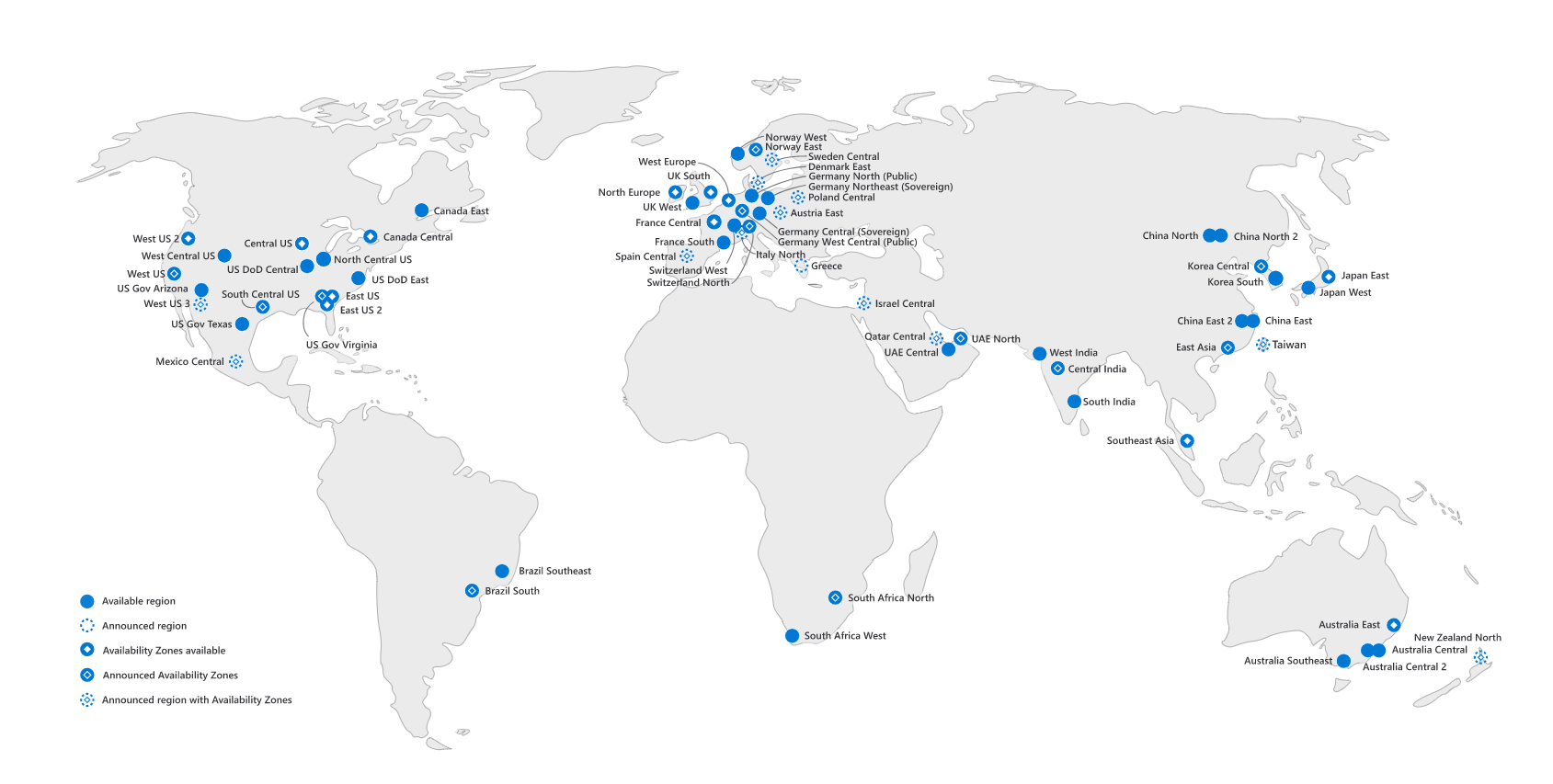Madison Friedman
Contributor
Madison Friedman is an investor intern at Vertex Ventures US and a MBA Candidate at Wharton School of Business.
As a product manager, I’m a true believer that you can solve any problem with the right product and process, even one as gnarly as the multiheaded hydra that is microservice overhead.
Working for Vertex Ventures US this summer was my chance to put this to the test. After interviewing 30+ industry experts from a diverse set of companies — Facebook, Fannie Mae, Confluent, Salesforce and more — and hosting a webinar with the co-founders of PagerDuty, LaunchDarkly and OpsLevel, we were able to answer three main questions:
- How do teams adopt microservices?
- What are the main challenges organizations face?
- Which strategies, processes and tools do companies use to overcome these challenges?
How do teams adopt microservices?
Out of dozens of companies we spoke with, only two had not yet started their journey to microservices, but both were actively considering it. Industry trends mirror this as well. In an O’Reilly survey of 1500+ respondents, more than 75% had started to adopt microservices.
It’s rare for companies to start building with microservices from the ground up. Of the companies we spoke with, only one had done so. Some startups, such as LaunchDarkly, plan to build their infrastructure using microservices, but turned to a monolith once they realized the high cost of overhead.
“We were spending more time effectively building and operating a system for distributed systems versus actually building our own services so we pulled back hard,” said John Kodumal, CTO and co-founder of LaunchDarkly.
“As an example, the things we were trying to do in mesosphere, they were impossible,” he said. “We couldn’t do any logging. Zero downtime deploys were impossible. There were so many bugs in the infrastructure and we were spending so much time debugging the basic things that we weren’t building our own service.”
As a result, it’s more common for companies to start with a monolith and move to microservices to scale their infrastructure with their organization. Once a company reaches ~30 developers, most begin decentralizing control by moving to a microservice architecture.
Teams may take different routes to arrive at a microservice architecture, but they tend to face a common set of challenges once they get there.
Large companies with established monoliths are keen to move to microservices, but costs are high and the transition can take years. Atlassian’s platform infrastructure is in microservices, but legacy monoliths in Jira and Confluence persist despite ongoing decomposition efforts. Large companies often get stuck in this transition. However, a combination of strong, top-down strategy combined with bottoms-up dev team support can help companies, such as Freddie Mac, make substantial progress.
Some startups, like Instacart, first shifted to a modular monolith that allows the code to reside in a single repository while beginning the process of distributing ownership of discrete code functions to relevant teams. This enables them to mitigate the overhead associated with a microservice architecture by balancing the visibility of having a centralized repository and release pipeline with the flexibility of discrete ownership over portions of the codebase.
What challenges do teams face?
Teams may take different routes to arrive at a microservice architecture, but they tend to face a common set of challenges once they get there. John Laban, CEO and co-founder of OpsLevel, which helps teams build and manage microservices told us that “with a distributed or microservices based architecture your teams benefit from being able to move independently from each other, but there are some gotchas to look out for.”
Indeed, the linked O’Reilly chart shows how the top 10 challenges organizations face when adopting microservices are shared by 25%+ of respondents. While we discussed some of the adoption blockers above, feedback from our interviews highlighted issues around managing complexity.
The lack of a coherent definition for a service can cause teams to generate unnecessary overhead by creating too many similar services or spreading related services across different groups. One company we spoke with went down the path of decomposing their monolith and took it too far. Their service definitions were too narrow, and by the time decomposition was complete, they were left with 4,000+ microservices to manage. They then had to backtrack and consolidate down to a more manageable number.
Defining too many services creates unnecessary organizational and technical silos while increasing complexity and overhead. Logging and monitoring must be present on each service, but with ownership spread across different teams, a lack of standardized tooling can create observability headaches. It’s challenging for teams to get a single-pane-of-glass view with too many different interacting systems and services that span the entire architecture.






